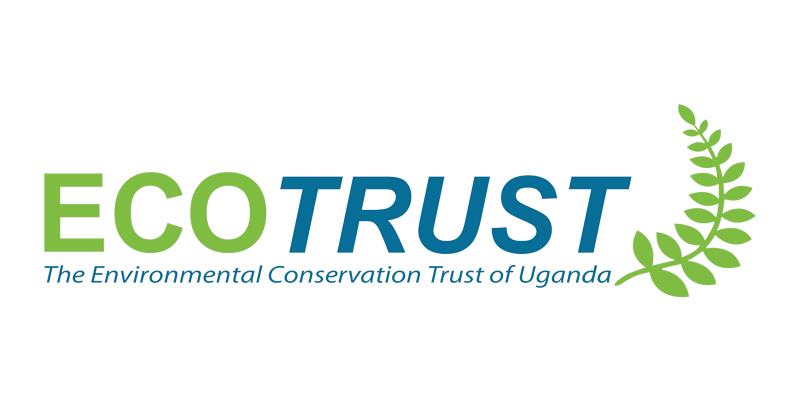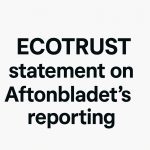
Following the formation of Communal Land Associations (CLA) to support the management of eleven (11) community forests in the Northern Albertine Rift, ECOTRUST has now embarked on a process of developing an incentive plan to enable the implementation of improved forest management plans. Although outside the protected area system, these ‘corridor’ forests are critical in maintaining connectivity between blocks of protected forests.
The tropical high forests of western Uganda support an exceptional diversity of animal and plant species (Plumptre et al., 2007). Forests were previously contiguous and interconnected, allowing for ecological connectivity and gene flow between the main forest blocks. However, settlement, expansion of commercial agriculture and industrial development, especially following the discovery of oil in the region, has led to their almost total separation and isolation from each. It is therefore critical that the remaining pockets of private and community forests are maintained and/or increased to enable the continued provision of environmental services.
The overall objective of the incentive plan is to establish a mechanism through which CLAs can mobilize resources to incentivize the adoption of the actions in the respective management plans while reducing risks of reversal and improving conflict management. Some of the associations e.g. Ongo CLA have experimented on various incentive models and these will provide an array of lessons that will guide the incentive models for all the corridor forests. The incentive mechanisms are being developed with financial support from the Dutch Government through the IUCN Netherlands Committee under the Shared Resources Joint Solutions programme (SRJS).





Follow Us On